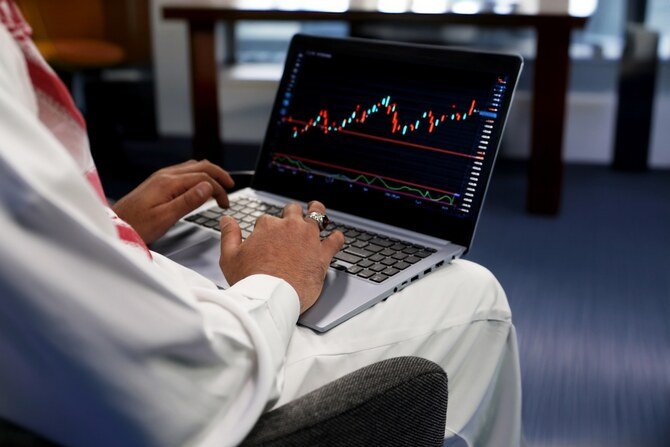In February 2025, Arab stock markets displayed a range of performances due to ongoing global uncertainties and geopolitical tensions. The global market environment, combined with fluctuating investor confidence, influenced the overall results across various Arab exchanges.
While January had seen a strong start for Arab markets, with the composite index rising by 0.97%, the positive momentum did not hold through February. By the end of the month, the composite index had slightly declined by 0.06%. Seven of the ten Arab markets reported losses, a notable increase from the three markets that declined in January.
The markets in Bahrain, Kuwait, and Tunisia performed the best, with Bahrain leading the pack with a 4.3% rise. On the other hand, markets in Saudi Arabia and Palestine were among the worst performers, experiencing drops of 2.45% and 2.37%, respectively.
Despite the market volatility, investors remain cautiously optimistic. Countries such as Morocco and Egypt saw gains in their stock exchanges, while Qatar, Muscat, and Amman experienced losses. The Abu Dhabi market recorded a slight decline of 0.11%, reflecting a balanced yet uncertain sentiment among investors.
A sharp reduction in trading activity also marked February’s performance. Trading volumes across the Arab markets dropped by 26.73%, while market capitalization decreased by 1.53%, equating to a loss of approximately $67.56 billion. Saudi Arabia contributed significantly to this decline, while Bahrain recorded a positive 4.27% increase.
Global economic pressures, such as rising tariffs from the US, supply chain challenges, and trade disputes, also weighed heavily on the region’s stock markets. Additionally, the ongoing geopolitical tensions, particularly the Russia-Ukraine conflict, contributed to weakening investor sentiment.
Sector-wise, Kuwait, Dubai, and Egypt saw gains from strong performances in the financial, consumer services, and telecommunications sectors. However, energy and technology stocks, particularly in Saudi Arabia and Qatar, faced challenges due to the volatility in oil prices and the broader global uncertainty.
Looking forward, market participants remain hopeful that easing inflationary pressures and a potential stabilization in oil prices will improve market conditions. However, risks such as shifting global monetary policies and continued geopolitical instability will likely continue to impact market movements.


